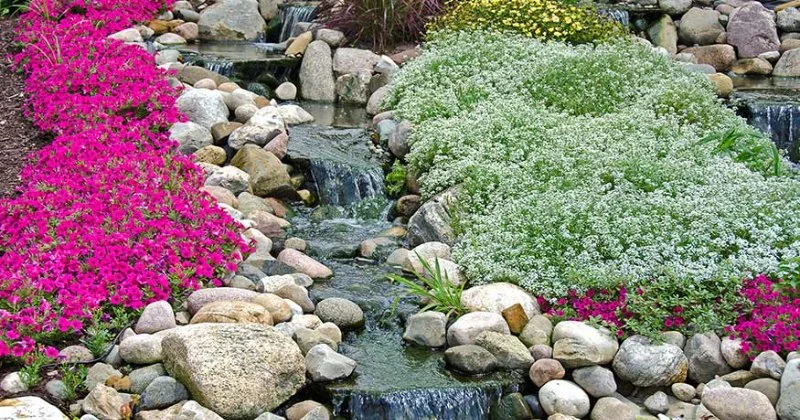
- Introduction: Why Ground Covers Are Essential for Slopes
- 1. Best Ground Cover Plants for Erosion Control
- 2. Maintenance Tips for Slope Stabilization
- 3. Real-Life Examples of Successful Erosion Control
Introduction: Why Ground Covers Are Essential for Slopes
Ground covers play a vital role in preventing soil erosion, especially on slopes where rain and wind can easily wash away valuable topsoil. Whether you’re tackling a steep hill in your backyard or managing a larger landscape, using the right ground covers can make a significant difference in stabilizing the soil. Ground covers help prevent erosion, reduce water runoff, and improve the overall appearance of sloped areas.
In this article, we will explore the best ground covers for slopes and how these plants and materials can be used to control erosion while adding beauty and functionality to your landscape.
1. Best Ground Cover Plants for Erosion Control
When selecting ground covers for slopes, it’s essential to choose plants that not only look appealing but also provide effective erosion control. The following are some of the best ground cover options for sloped areas:
- Fescue Grass: Fescue is a hardy and low-maintenance grass that works well on slopes. Its deep roots help anchor the soil, reducing the risk of erosion. Fescue is ideal for areas with mild climates and can tolerate both sun and shade.
- Creeping Thyme: This aromatic herb is perfect for steep slopes, as its dense mat of tiny leaves creates a solid barrier against soil erosion. Creeping thyme is drought-tolerant and attracts pollinators, making it both functional and beautiful in your landscape.
- Vinca Minor (Periwinkle): Periwinkle is a fast-growing ground cover that thrives in both sun and shade. It forms a thick carpet of foliage, helping to hold the soil in place on sloped areas. Additionally, its bright blue flowers add a pop of color to any landscape.
- Ajuga (Bugleweed): Ajuga is a fast-spreading perennial that thrives in shady areas. Its dense foliage forms a mat that prevents soil erosion while adding rich color with its purple and blue flowers. Ajuga is an excellent choice for slopes with heavy foot traffic as it can withstand some disturbance.
- Wild Ginger: Wild ginger is another excellent choice for shaded slopes. Its heart-shaped leaves and spreading habit make it perfect for preventing soil erosion in low-light areas. Wild ginger also thrives in a variety of soil conditions and requires minimal maintenance.
- Sedum (Stonecrop): Sedum is a drought-tolerant succulent that works well on dry slopes. It is low-maintenance and forms a thick carpet that helps prevent soil erosion. Sedum is particularly well-suited for areas with poor soil conditions.
These plants provide excellent erosion control while adding aesthetic value to your landscape. Depending on the specific conditions of your slope (sun exposure, moisture levels, etc.), you may find one plant or a combination of plants that best suit your needs.
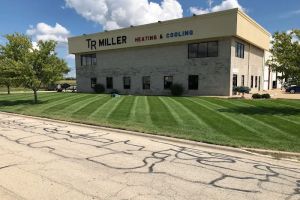
R&M Snowplowing and Lawn Service, LLC
10143 Clow Creek Rd, Plainfield, IL 60585, USA
2. Maintenance Tips for Slope Stabilization
Maintaining ground covers on slopes is key to ensuring they continue to protect your landscape from erosion. Here are a few essential maintenance tips:
- Watering: While many ground covers are drought-tolerant, new plantings need consistent watering to establish strong root systems. Deep watering once a week is often enough, but make sure to monitor soil moisture levels, especially during dry spells.
- Mulching: Applying a layer of mulch around your ground covers can help retain moisture, suppress weeds, and provide additional insulation for the plants’ roots. Organic mulches like wood chips or straw work well on slopes.
- Weeding: Regularly check for invasive weeds that can compete with your ground cover plants for nutrients and space. Weeds can hinder the growth of your ground covers, leaving the soil vulnerable to erosion.
- Pruning: Trim back any overgrown plants to ensure they don’t become too dense or woody, which can prevent new shoots from emerging. Regular pruning also helps maintain the visual appeal of your slope.
- Replanting: If any areas on the slope become bare due to plant dieback or erosion, it’s important to replant. Re-establishing a dense carpet of plants will ensure continuous protection against erosion.
With proper maintenance, your ground covers will continue to thrive and provide long-term protection to your sloped areas.
3. Real-Life Examples of Successful Erosion Control
Many homeowners have successfully used ground covers to control erosion on sloped properties. For example, a homeowner in the Pacific Northwest used creeping thyme and fescue grass to stabilize a steep hill in their backyard. Over time, the dense mat of plants prevented soil erosion during heavy rainstorms, and the homeowner enjoyed the added benefit of an aromatic and low-maintenance garden.
Another case study comes from a community in California, where a local park used a mix of wild ginger and ajuga to prevent erosion on a slope near a walking path. Not only did the plants stabilize the soil, but they also provided a visually appealing landscape for park visitors.
These examples show that with the right selection of ground covers and proper maintenance, you can effectively prevent erosion while enhancing the beauty of your sloped areas.
If you’re looking for the best ground covers for slopes, or need expert advice on erosion control, visit Beautiful Landscapes for top-quality products and services that can help protect your property.

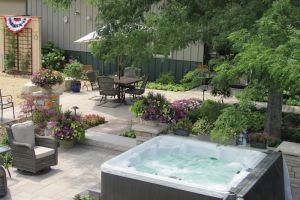
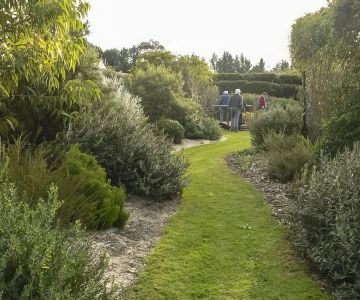
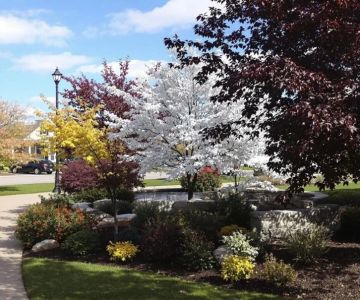
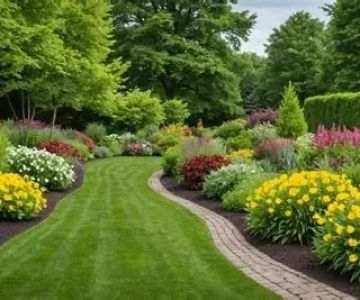
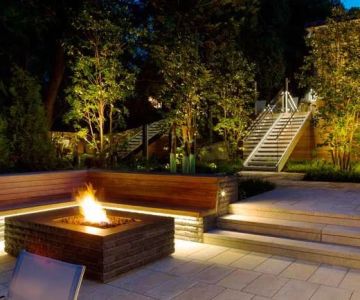

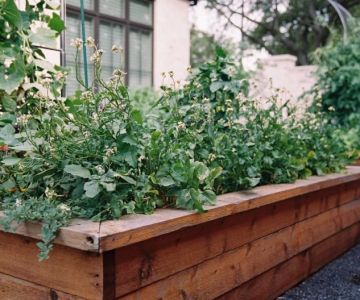
 Scott Byron & Co., Inc.4.0 (27 reviews)
Scott Byron & Co., Inc.4.0 (27 reviews) Tonkin Landscape Inc5.0 (2 reviews)
Tonkin Landscape Inc5.0 (2 reviews) Good To Grow Landscaping3.0 (9 reviews)
Good To Grow Landscaping3.0 (9 reviews)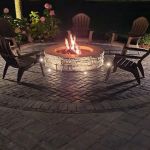 B & L Landscaping Contractors LLC4.0 (26 reviews)
B & L Landscaping Contractors LLC4.0 (26 reviews) SiteOne Landscape Supply4.0 (20 reviews)
SiteOne Landscape Supply4.0 (20 reviews)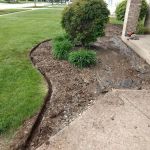 DC's Lawn and Landscape4.0 (3 reviews)
DC's Lawn and Landscape4.0 (3 reviews) How to Incorporate Ornamental Trees Into Small Landscapes: A Beginner’s Guide
How to Incorporate Ornamental Trees Into Small Landscapes: A Beginner’s Guide How to Landscape a Front Yard for Maximum Curb Appeal: Expert Tips and Ideas
How to Landscape a Front Yard for Maximum Curb Appeal: Expert Tips and Ideas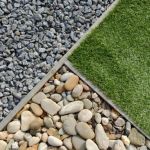 How to Use Decorative Gravel & Stone Finishes for Stunning Landscapes
How to Use Decorative Gravel & Stone Finishes for Stunning Landscapes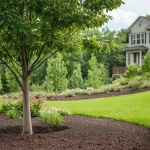 How to Choose the Right Mulch for Weed Suppression: A Complete Guide
How to Choose the Right Mulch for Weed Suppression: A Complete Guide How to Plan an Entryway Garden That Welcomes Guests: Design Tips and Ideas
How to Plan an Entryway Garden That Welcomes Guests: Design Tips and Ideas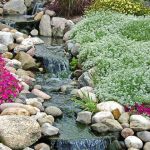 Best Ground Covers for Slopes & Erosion Control: Affordable and Effective Solutions
Best Ground Covers for Slopes & Erosion Control: Affordable and Effective Solutions